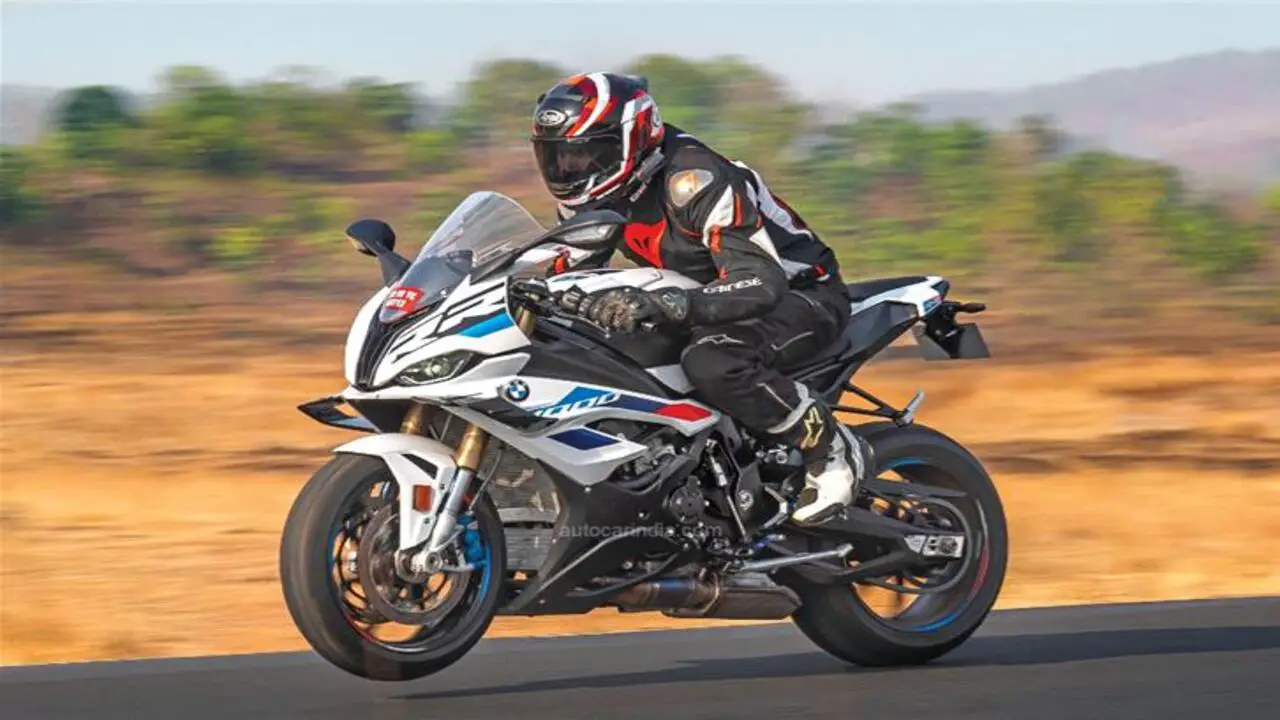The Yamaha R3 and Ninja 300 are today’s most popular entry-level sports race bikes. Both bikes offer a perfect combination of power, performance, and affordability.
Both Japanese companies have established a strong foothold in the market with their high-performance bikes that cater to the needs of adrenaline junkies and avid riders alike. Among their popular models, the Yamaha R3 and the Kawasaki Ninja 300 have been the talk of the town for their exceptional performance and sleek design.
The Yamaha R3 vs Ninja 300 review reveal their key differences in performance and handling. While they may be similar in many ways, some key differences set them apart. We’ll look closer at the Yamaha R3 and Kawasaki Ninja 300 to help you decide which is right. Here, we will provide you with an in-depth comparison of both motorcycles.
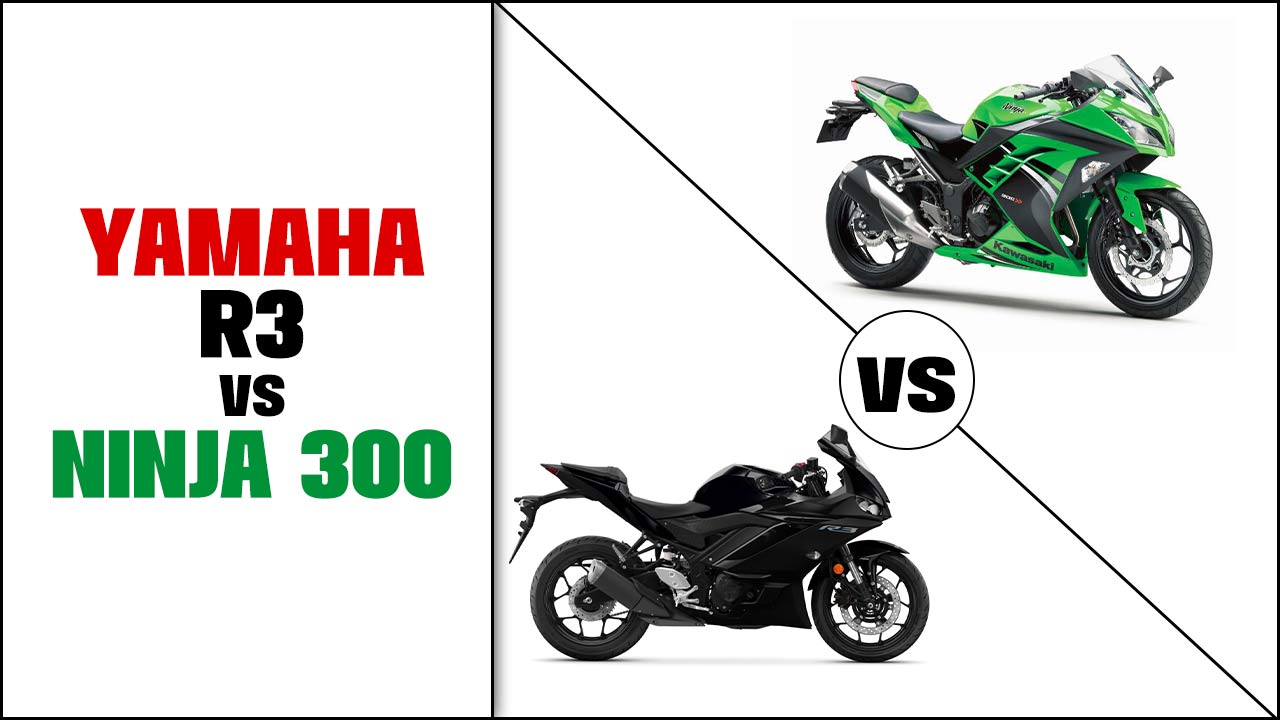
A Brief Overview Of Yamaha R3
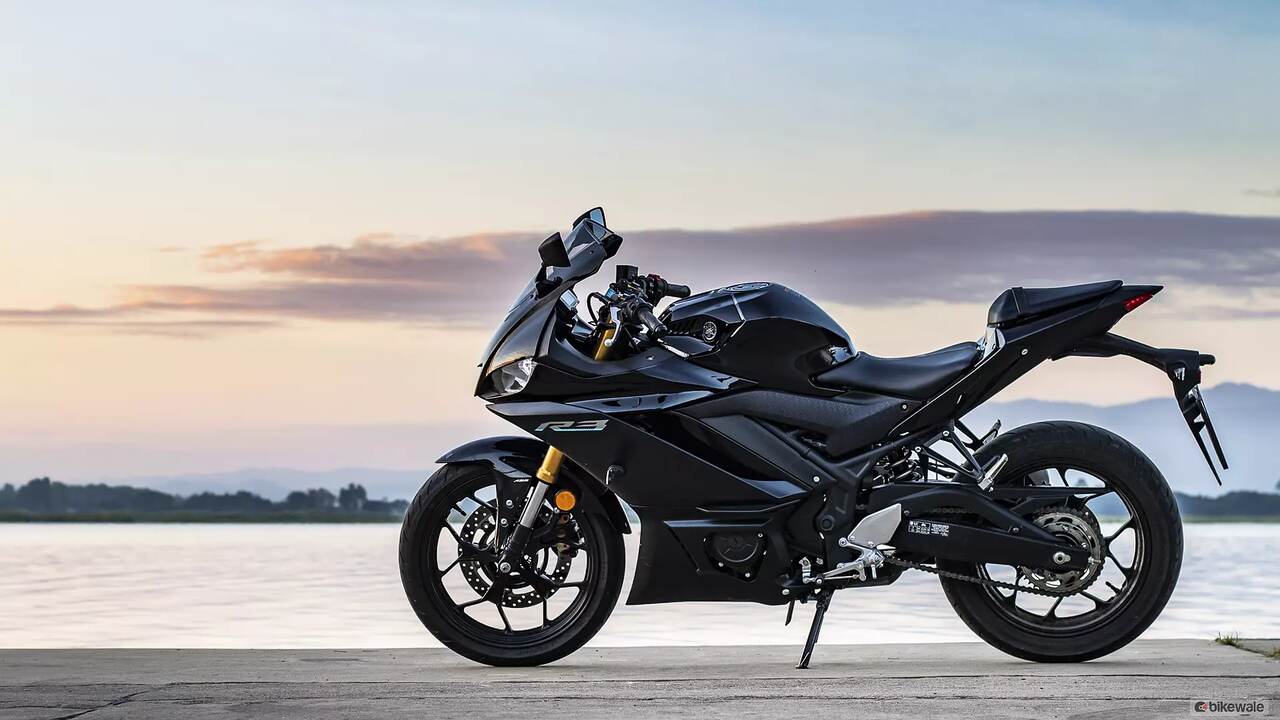
The Yamaha R3 is a highly acclaimed motorcycle known for its impressive features and performance. With a fuel tank capacity that ensures long rides without frequent refuelling, the R3 is built to go the distance. Its chain-driven system efficiently transfers power from the engine to the wheels, ensuring a smooth and responsive ride.
The bike’s Max Power of 42 horsepower provides an exhilarating experience for riders. With an Engine Displacement of 321cc, the R3 delivers impressive acceleration and speed. The sleek, aerodynamic design and lightweight frame allow for effortless handling and maneuverability.
Safety is a top priority for Yamaha, so the R3 is equipped with advanced fuel injection technology for optimal fuel efficiency. Whether it’s the sporty look, smooth ride, or top-notch performance, the Yamaha R3 is a favorite among motorcycle enthusiasts.
specification
- Engine: 321cc, liquid-cooled, inline twin-cylinder engine
- Power: 42 horsepower
- Torque: 29.6 lb/ft
- Transmission: 6speed constant mesh
- Brakes: Front 298mm hydraulic disc, Rear 220mm hydraulic disc
- Tires: Front 110/7017, Rear 140/7017
- Weight: 368 lbs (dry)
- Fuel Capacity: 3.7 gallons
- Seat Height: 30.7 inches
Pros:
- Sleek and sporty design
- Powerful 321cc engine
- Excellent handling and maneuverability
- Affordable price compared to other sports bikes
Cons:
- A higher cost of maintenance
A Brief Overview Of Ninja 300
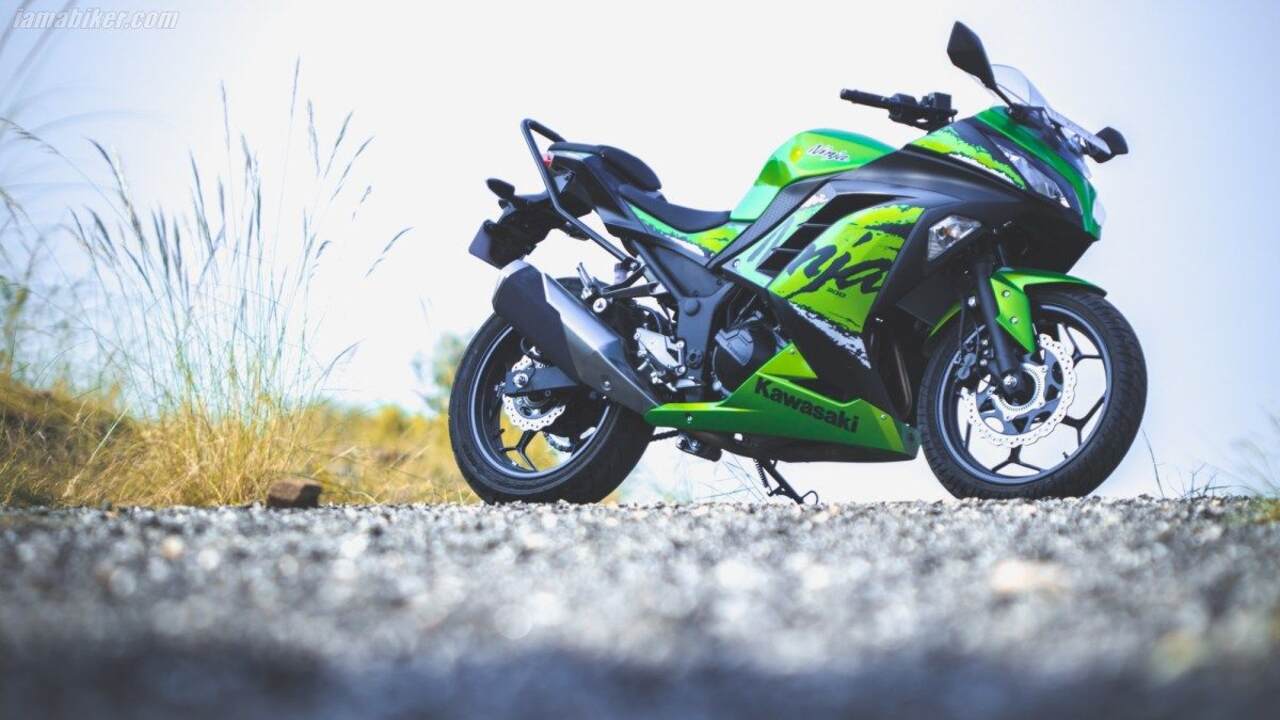
The Kawasaki Ninja 300 is a highly sought-after motorcycle known for its exceptional performance and striking design. Its sleek body and powerful 296cc engine offer a thrilling riding experience for city commuting and long-distance trips.
Its lightweight chassis ensures excellent manoeuvrability, making navigating through traffic or tackling winding roads easy. The advanced braking system, featuring dual discs in the front and a single disc in the rear, provides precise and responsive braking, instilling confidence and control in riders. The ABS enhances safety by preventing wheel lock-up and skidding. The Ninja 300 is a top choice for motorcycle enthusiasts.
Specification
- Engine: 296cc parallel twin, liquid cooled
- Power: 39 horsepower
- Torque: 20 lb/ft
- Transmission: 6speed
- Fuel System: Fuel injection
- Brakes: Front and rear disc brakes
- Tyres: Front 110/7017, Rear 140/7017
- Seat height: 30.9 inches
- Weight: 383 lbs
- Fuel Capacity: 4.5 gallons
Pros:
- Aggressive and stylish look
- Smooth and responsive engine performance
- Comfortable riding position for long rides
- Available with ABS for enhanced safety
Cons:
- Slightly higher price
- Relatively lower top speed
Yamaha R3 Vs Ninja 300: A Details Comparison of Worthy Features
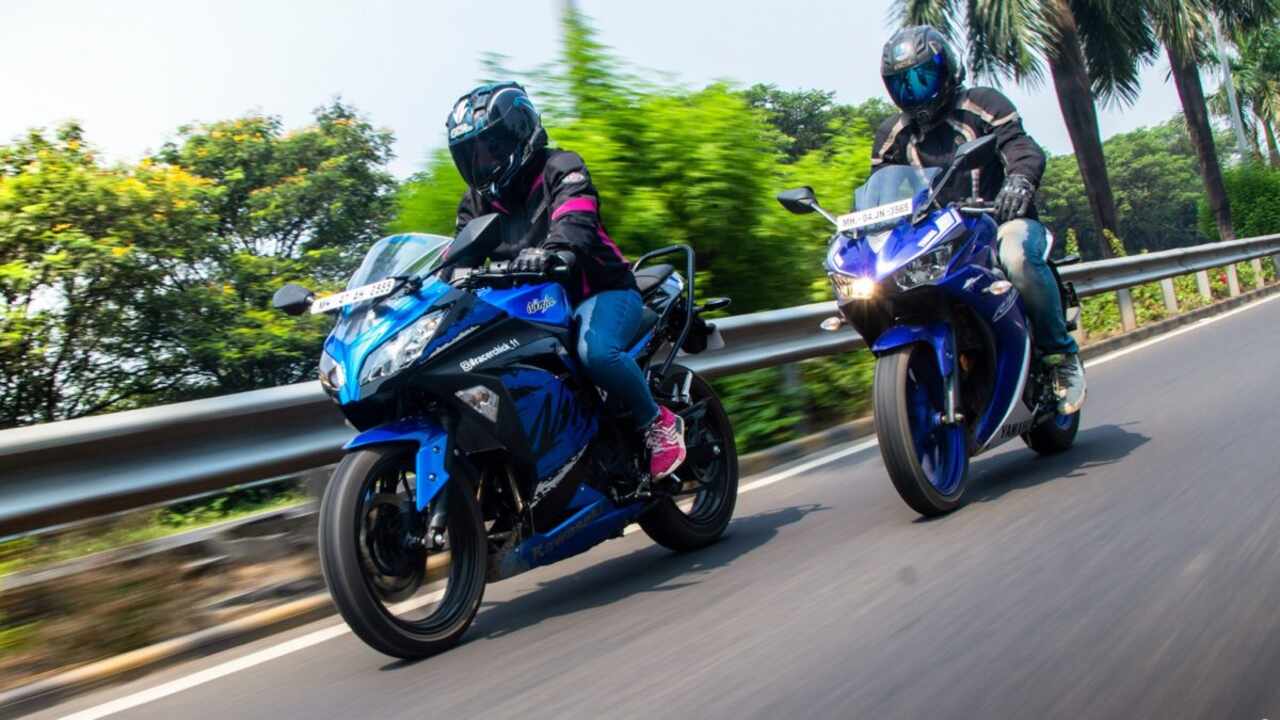
If you’re looking for a new sports bike, you’ve likely encountered the Yamaha R3 vs Ninja 300. Both bikes have unique features and advantages, making it difficult to choose between them. Regarding engine performance, the Yamaha R3 has a slight edge with its 321cc engine compared to the Ninja 300’s 296cc engine.
The mileage of the Yamaha R3 is impressive, providing excellent fuel efficiency for long rides. The throttle response of the Yamaha R3 is smooth and precise, providing a thrilling riding experience. However, regarding handling and maneuverability, the Ninja 300 is known for its agility.
The R3 has a more aggressive riding position, while the Ninja 300 is more comfortable for longer rides. Track day enthusiasts often compare the performance of the Yamaha R3 and the Ninja 300. The service center for Yamaha R3 and Ninja 300 motorcycles is crucial for ensuring their optimal performance.
Here’s a comparison table of the Yamaha R3 and the Ninja 300:
| Features | Yamaha R3 | Ninja 300 |
| Engine | 321cc, twin-cylinder | 296cc, parallel-twin |
| Power Output | 42 horsepower | 39 horsepower |
| Torque | 29.6 lb-ft | 20.9 lb-ft |
| Weight | 368 lbs | 383 lbs |
| Seat Height | 30.7 inches | 30.9 inches |
| Fuel Capacity | 3.7 gallons | 4.5 gallons |
| Price | $5,299 | $4,999 |
Engine And Performance
The engine and performance comparison between the Yamaha R3 and Ninja 300 unveils exciting features that set these two motorcycles apart. The Japanese rivals share similarities in DOHC engines with four valves per cylinder. Riding through the busy streets on the Yamaha R3 and Ninja 300 is an exhilarating experience.
The Yamaha R3 boasts a larger displacement of 321 cc compared to Kawasaki’s Ninja 300, which offers a smaller displacement of only 296 cc. Both motorcycles, though, deliver comparable torque and horsepower numbers. The Yamaha R3 generates marginally more power at higher RPMs, while the Ninja 300 has an edge with more low-end torque.
Other notable specs include a slipper clutch on both motorcycles for smooth gear shifts, telescopic forks front suspension setup for excellent handling and stability at high speeds, & rear brake pads suspension with adjustable preload for best riding experience on bumpy roads or highways.
Chassis And Suspension
For those looking for a sporty ride, the Yamaha R3 and Ninja 300 are both popular options. There are some notable differences between the two bikes regarding chassis and suspension. The Yamaha R3 features a diamond-type frame with a cast aluminum swingarm.
While the Ninja 300 has a diamond frame with a steel swingarm. The race track is perfect for adrenaline-pumping battles between the Yamaha R3 and the Ninja 300.
In terms of suspension, the Yamaha R3 boasts an inverted fork at the front and a mono-shock at the rear, while the Ninja 300 has a telescopic fork at the front and a Uni-Trak mono-shock at the end. These differences can impact handling and stability, so it’s important to consider your riding style and preferences when choosing between these two models.
Braking System
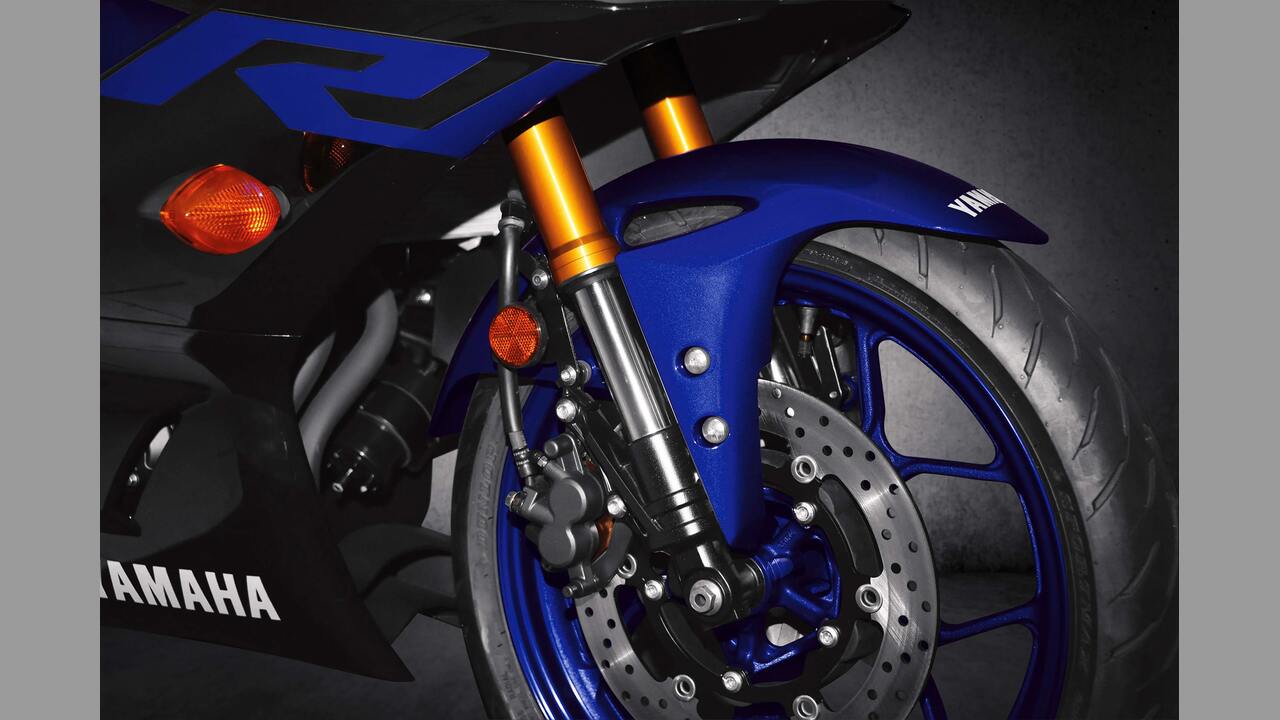
Several factors should be considered in comparing the braking systems of these two Japanese rivals. Firstly, it’s worth mentioning that both bikes have ABS as an optional feature. In terms of disc size and type, however, we see that Yamaha has opted for slightly larger discs in their R3 model – a 298mm front disc and a 220mm rear one – while Kawasaki has gone with a 290mm setup on both ends of the Ninja 300. The accessible seat height of the Yamaha R3 is ideal for riders of all heights
The larger front disc size on the R3 means it has slightly better stopping power than the Ninja, but both bikes provide superb braking performance overall. The Yamaha R3 offers a more responsive braking system due to its better weight distribution than Kawasaki’s Ninja 300.
Comfort And Ergonomics
When comparing the comfort and ergonomics of the Yamaha R3 and Ninja 300, it’s crucial to understand that these two motorcycles offer different riding experiences. Regarding handlebar placement and Rear Seat height, the Yamaha R3 has a more aggressive stance than the Kawasaki Ninja 300. The major recall notice was issued for the Yamaha R3 and Ninja 300 motorcycles.
However, when considering footpeg placement, the Ninja 300 provides a more comfortable and relaxed riding experience thanks to its rear-set footpegs. Both bikes offer excellent suspension systems, with the Yamaha R3 having stiffer suspension for enhanced handling at high speeds and in corners. Wind protection is better on the Ninja 300 due to its larger windshield, which makes it ideal for longer rides.
Design And Styling
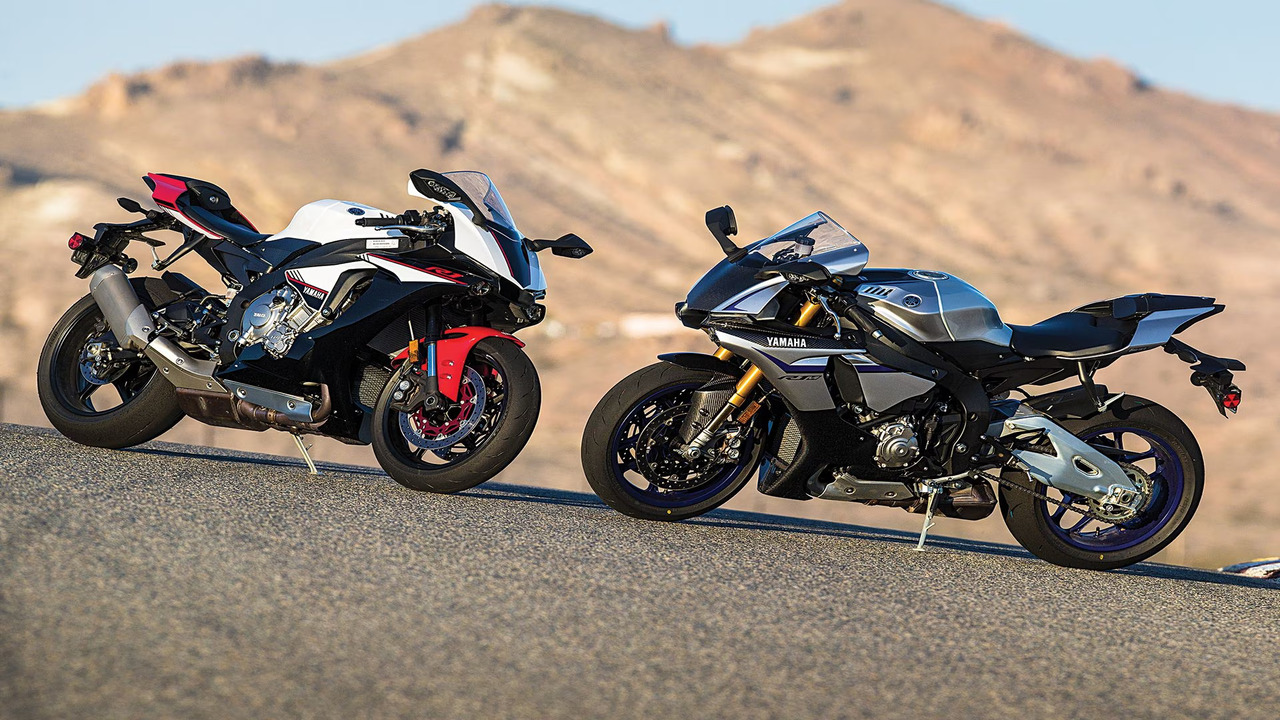
Regarding the Yamaha r3 and Ninja 300 Design and Styling Comparison. It’s important to note that these two bikes were built with performance in mind. The Yamaha R3 boasts a sleek, sporty design that excites motorcycle enthusiasts worldwide. Its aggressive front-end setup distinguishes it from Japanese rivals, like the Kawasaki Ninja and KTM RC.
On the other hand, the Kawasaki Ninja 300 has a more classic look that captures attention with its classic build quality and style. Both bikes come in various colors, giving riders plenty of options when customizing their ride.
When you compare the two motorcycles’ specs side by side, you’ll notice some differences in their wheelbase, ground clearance, suspension setup, and ergonomics. The Yamaha R3 has telescopic forks at the front with a mono-shock rear suspension setup. While the Ninja 300 features telescopic forks at both ends. Additionally, the Yamaha R3 boasts superb handling due to its stiffer suspension, providing better handling at high speeds and corners.
Technology And Features
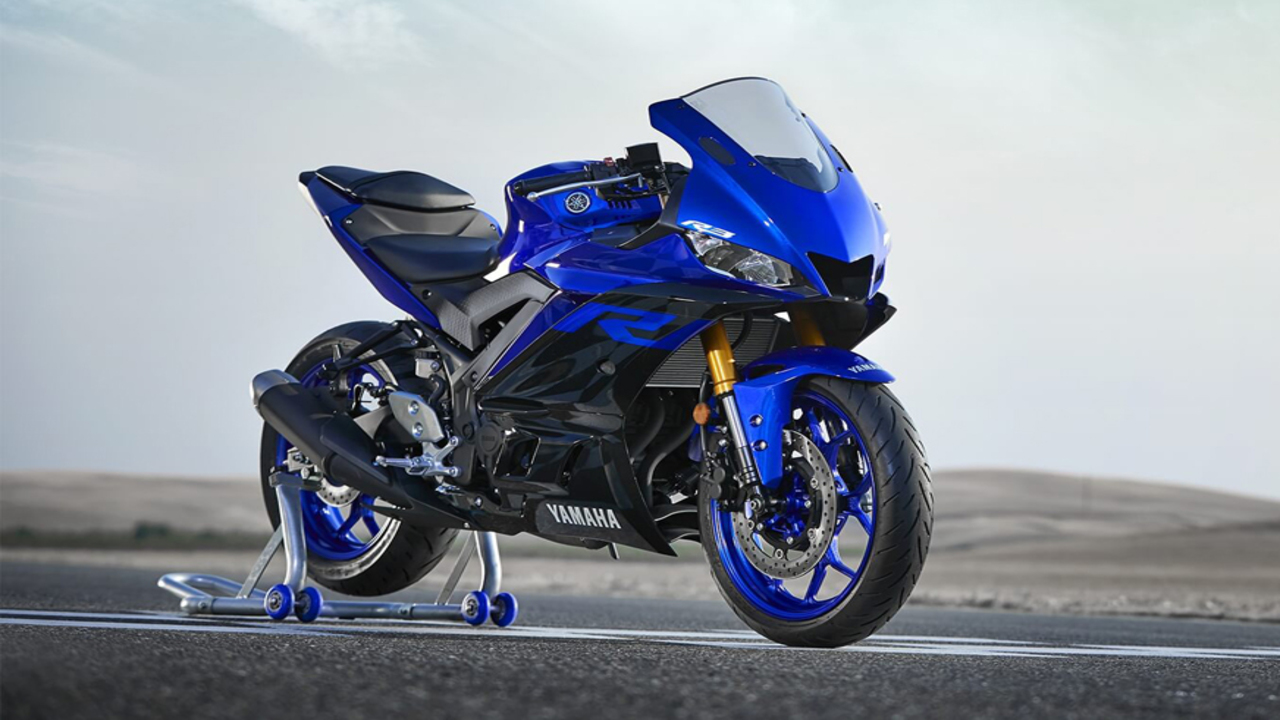
Moving on to the technology and features comparison between the Yamaha R3 and Ninja 300, both bikes offer impressive performance and safety features. The Yamaha R3 has an advanced anti-lock braking system (ABS) that prevents wheel lock-up during sudden braking.
On the other hand, the Kawasaki Ninja 300 boasts a slipper clutch that enables smooth downshifting and reduces rear-wheel lock-up during aggressive downshifting. Regarding technology, the Yamaha R3 offers an LCD instrument panel that displays all vital information clearly and concisely.
The Kawasaki Ninja 300, on the other hand, features a more traditional analogue instrument panel with a digital display for additional information. The Yamaha R3 has LED headlights that provide better visibility during night riding, while the Ninja 300 features halogen headlights.
Price
The Yamaha R3 and the Ninja 300 are popular in the sports tourer segment. The Yamaha R3 boasts a decent build quality, offering durability and reliability. With a compression ratio and engine capacity that deliver impressive performance, the R3 provides an exhilarating riding experience.
Additionally, the cost of spares for the R3 is reasonable, making it a cost-effective choice in terms of maintenance. On the other hand, the Ninja 300 may have a slightly higher price point, but it still offers good value for money considering its features and performance.
However, it’s worth noting that the cost of repairs for the Ninja 300 may be higher compared to the R3. Overall, both motorcycles offer their own unique advantages, and the choice ultimately depends on individual preferences and budget.
Conclusion
There is no clear winner When choosing between the Yamaha R3 vs Ninja 300. Both bikes have their strengths and weaknesses, but ultimately, it comes down to personal preference. The R3 offers a more powerful engine and better handling, while the Ninja 300 boasts a smoother ride and a more comfortable seating position. The Yamaha R3 and Ninja 300 are excellent entry-level sports bikes with power, performance, and style.
While the R3 has a slightly more powerful engine and a better suspension system, the Ninja 300 has a more comfortable riding position and a lower price point. Choosing these two bikes will ultimately depend on your preferences, budget, and intended use. Regardless of your bike, the Yamaha R3 and the Kawasaki Ninja 300 will provide an exciting and rewarding riding experience.
Frequently Asked Questions
1.Is R3 Banned In India?
Ans: No, Yamaha R3 bikes are not banned in India. They are available for purchase and use in the country. The Yamaha R3 is a popular bike among motorcycle enthusiasts in India, known for its performance and style.
2.Is Ninja 300 Powerful?
Ans: Yes, the Ninja 300 is considered a powerful motorcycle in its class. It has a 296cc parallel-twin engine that delivers strong acceleration and top speed.
3.How Fast Is A 300cc Ninja?
Ans: The top speed of a 300cc Ninja motorcycle can vary depending on the model and specific conditions, but generally, it can reach speeds of around 100-110 miles per hour.
4.What Is The Mileage Of R3?
Ans: The mileage of the R3 varies depending on various factors, such as driving conditions, maintenance cost, and riding style, but on average, it is estimated to be around 40-45 miles per gallon.
5.Is RC 390 Uncomfortable?
Ans: The comfort of the RC 390 can vary depending on individual preferences and expectations. Some riders find it comfortable, especially for shorter or sporty riding, as it offers a sporty riding position and agile handling.

